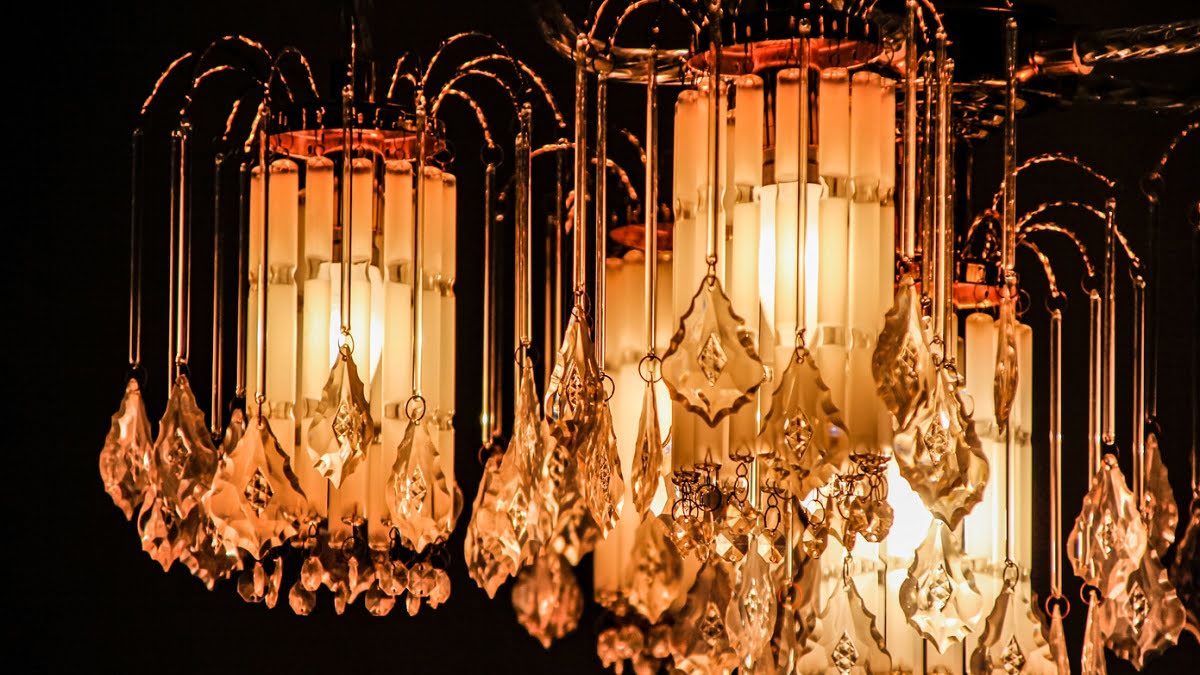

Furniture
How Heavy Can A Chandelier Be
Modified: October 20, 2024
Discover the weight limits of furniture chandeliers and learn how to select the perfect one for your space. Explore our guide today for expert tips and advice.
(Many of the links in this article redirect to a specific reviewed product. Your purchase of these products through affiliate links helps to generate commission for Storables.com, at no extra cost. Learn more)
Introduction
A chandelier is not only a functional lighting fixture but also a statement piece that adds elegance and charm to any space. From grand ballrooms to intimate dining rooms, chandeliers come in a wide range of styles, sizes, and materials to suit various design preferences. However, when it comes to selecting a chandelier, it is crucial to consider its weight, especially if you are planning to hang it from your ceiling. Understanding the weight limitations of chandeliers is essential for both safety and structural reasons.
In this article, we will explore the factors that can affect the weight of chandeliers, the different materials used in their construction, the maximum weight capacities for different types of ceilings, safety considerations, as well as installation and hanging techniques for heavy chandeliers. By the end of this article, you will have a comprehensive understanding of the weight limits and safety guidelines to keep in mind when choosing and installing a chandelier.
Key Takeaways:
- Consider the weight of your chandelier! Factors like material, size, and decorative elements affect its weight. Always prioritize safety and consult professionals for installation on different ceiling types.
- Heavy chandeliers require secure mounting, strong chains, and professional installation. Be aware of weight specifications and ceiling limitations to ensure safety and stability.
Read more: How To Hang Heavy Chandelier
Factors Affecting the Weight of Chandeliers
Several factors can contribute to the weight of a chandelier. Understanding these factors will help you determine the overall weight of the fixture and assess whether your ceiling can support it.
- Material: The choice of material greatly influences the weight of a chandelier. Common materials used in chandelier construction include brass, crystal, glass, and iron. Crystal chandeliers, for example, are generally heavier due to the weight of the crystal components.
- Size: The size of a chandelier is another significant factor in its weight. Larger chandeliers typically have more components and require stronger support systems to handle their weight.
- Number of Arms or Tiers: Chandeliers with more arms or multiple tiers will naturally be heavier as they require additional materials and support structures.
- Decorative Accents: Chandeliers often come adorned with decorative accents such as beads, chains, or additional ornaments. These embellishments can add extra weight to the fixture.
- Lighting Elements: Different types of lighting elements, such as candles, bulbs, or LED strips, can also contribute to the overall weight of a chandelier.
When choosing a chandelier, it is important to consider the weight of the fixture to ensure that it is compatible with your ceiling’s weight capacity. Failure to do so may lead to structural damage, safety risks, or improper installation.
Types of Chandelier Materials
Chandeliers are crafted using a variety of materials, each with its own characteristics and weight. By understanding the different types of materials used in chandelier construction, you can make an informed decision when selecting a chandelier that aligns with your preferences and the weight limitations of your space.
- Brass: Brass is a popular material for chandeliers due to its durability and elegant appearance. It is a relatively lightweight material compared to other options like iron.
- Crystal: Crystal chandeliers are renowned for their dazzling beauty and luxurious appeal. They are typically heavier than chandeliers made from other materials due to the weight of the crystal components.
- Glass: Glass chandeliers exude a delicate and sophisticated aesthetic. Depending on the thickness and design of the glass, they can vary in weight, with some being relatively lightweight compared to other materials.
- Iron: Iron chandeliers are known for their strength and rustic charm. They are often heavier than chandeliers made from other materials due to the density and weight of the iron.
- Wood: Wood chandeliers offer a warm and natural aesthetic. While wood is generally lighter than materials like crystal or iron, the weight of a wood chandelier will depend on the type of wood used and its construction.
When choosing a chandelier material, consider not only the aesthetics but also the weight and durability. Ensure that the weight of the chosen material aligns with your ceiling’s weight capacity and the structural integrity of your space. It is always advisable to consult with a professional if you have any concerns about the weight limitations of your chosen material.
Maximum Weight Capacities for Different Ceiling Types
The weight capacity of your ceiling plays a crucial role in determining the maximum weight that can be safely supported by your chandelier. Different ceiling types have varying weight capacities, and it is important to be aware of these limitations to prevent any structural damage or safety hazards. Here are the maximum weight capacities for common ceiling types:
- Wooden Ceiling: Wooden ceilings are typically able to support the average weight of most chandeliers. However, it is still important to check the specific weight capacity of your ceiling and ensure that the chandelier falls within that range.
- Drywall Ceiling: Drywall ceilings are not designed to bear heavy weights. It is important to consult with a professional or refer to the ceiling manufacturer’s guidelines to determine the maximum weight capacity. Installing a heavy chandelier on a drywall ceiling might require additional reinforcement, such as using a ceiling fan brace or installing a support beam.
- Concrete Ceiling: Concrete ceilings are generally the most sturdy and can support heavier chandeliers. However, it is still advisable to check the weight capacity of the specific concrete structure and make sure that it is sufficient for the chandelier’s weight.
- Plaster Ceiling: Plaster ceilings can vary in strength and weight-bearing capacity, depending on their age and construction. It is essential to consult with a professional to assess the weight capacity of the plaster ceiling and make any necessary reinforcements if needed.
- Suspended Ceiling/T-Bar Ceiling: Suspended ceilings or T-bar ceilings are not designed to support heavy loads. It is important to consult with a professional to determine if it is possible to install a chandelier on this type of ceiling. In some cases, it may require additional support structures or modifications to the ceiling grid.
Always consult with a qualified professional, such as an electrician or a structural engineer, before installing a heavy chandelier to ensure that your ceiling can safely accommodate the weight. They will be able to assess your specific situation, provide expert advice, and make any necessary modifications to ensure the structural integrity and safety of your space.
When installing a chandelier, make sure to check the weight capacity of the ceiling fixture and use appropriate anchors or supports to safely hang the chandelier. Always follow manufacturer’s guidelines for installation.
Safety Considerations for Heavy Chandeliers
Installing a heavy chandelier requires careful consideration and adherence to safety guidelines to prevent accidents and ensure the structural integrity of your space. Here are some important safety considerations to keep in mind:
- Consult a Professional: It is highly recommended to consult with a professional, such as an electrician or a structural engineer, before installing a heavy chandelier. They will be able to assess the weight capacity of your ceiling, provide guidance on necessary reinforcements, and ensure that the installation meets safety standards.
- Secure Mounting System: Use a secure and appropriate mounting system to ensure the chandelier is properly anchored and supported. This may involve using a heavy-duty ceiling junction box, reinforcing the ceiling with support beams, or employing specialty mounting hardware.
- Use Strong Chains or Cables: The chains or cables used to suspend the chandelier should be strong, durable, and able to support the weight of the fixture. Avoid using lightweight or weak materials that may compromise the stability of the chandelier.
- Consider Reinforcements: Depending on the weight of the chandelier, additional reinforcements may be necessary, such as installing a ceiling fan brace or using a support beam to distribute the weight across a larger area of the ceiling.
- Follow Manufacturer’s Instructions: Always read and follow the manufacturer’s instructions for installing and maintaining the chandelier. Pay attention to any weight limitations or specific installation requirements mentioned by the manufacturer.
- Regular Inspections: Periodically inspect the chandelier and its mounting system to ensure everything is secure and in good condition. Look for any signs of wear or damage, such as loose connections or frayed cables, and address them immediately.
- Consider Professional Installation: If you are unsure about the installation process or lack the necessary skills and tools, it is advisable to seek professional installation services. This will help ensure that the chandelier is installed correctly and safely.
Prioritizing safety is crucial when dealing with heavy chandeliers. By following these safety considerations and seeking professional guidance, you can enjoy the beauty of your chandelier while maintaining a safe and secure environment.
Read more: How Heavy Can Your Trash Can Be
Installation and Hanging Techniques for Heavy Chandeliers
Proper installation and hanging techniques are crucial when dealing with heavy chandeliers to ensure their stability and safety. Follow these guidelines to effectively install your heavy chandelier:
- Preparation: Before installing the chandelier, make sure you have all the necessary tools and equipment. This includes a sturdy ladder, appropriate mounting hardware, and any additional reinforcements required.
- Locate Ceiling Joists: Use a stud finder to locate the ceiling joists. It is important to attach the mounting bracket or support beam directly to the joists for secure installation and weight distribution.
- Use a Ceiling Brace: If your ceiling does not have adequate support for a heavy chandelier, consider using a ceiling brace. A ceiling brace is an adjustable metal bracket that provides extra support and helps distribute the weight across the ceiling joists evenly.
- Attach Mounting Bracket: With the location of the ceiling joists identified, attach the mounting bracket securely to the ceiling. Use screws or bolts appropriate for your ceiling type and ensure that the bracket is level and aligned with your desired position for the chandelier.
- Wire and Secure: Follow the manufacturer’s instructions for wiring the chandelier and securing it to the mounting bracket. Be sure to use proper electrical connections and junction boxes as recommended by local building codes.
- Attach Chains or Cables: Use strong and appropriately rated chains or cables to hang the chandelier from the mounting bracket. Ensure that the chains or cables are securely attached to both the chandelier and the mounting bracket.
- Level the Chandelier: Use a level tool to ensure that the chandelier is hanging straight and level. Make any necessary adjustments to the chains or cables to achieve the desired levelness.
- Test Sturdiness: Once the chandelier is installed, gently shake it to test its sturdiness. If there is any excessive movement or wobbling, readjust the chains or cables and ensure all connections are tight and secure.
Always prioritize safety when installing heavy chandeliers. If you are unsure about any part of the installation process, it is advisable to consult with a professional to ensure the chandelier is installed properly and securely.
Examples of Heavy Chandeliers and their Weight Specifications
When selecting a heavy chandelier, it is important to consider its weight specifications to ensure it is compatible with your space. Here are some examples of popular heavy chandeliers along with their weight specifications:
- 1. Maria Theresa Crystal Chandelier: The Maria Theresa Crystal Chandelier is a classic and elegant fixture known for its cascading crystal drops and candle-style lights. Depending on the size and design, a typical Maria Theresa chandelier can weigh anywhere from 50 to 150 pounds.
- 2. Iron Cage Chandelier: Iron cage chandeliers feature an intricate metal framework, often resembling a birdcage or geometric design. Due to their heavy iron construction, they can weigh between 50 to 100 pounds or more, depending on the size and design.
- 3. Murano Glass Chandelier: Murano glass chandeliers are renowned for their exquisite beauty and craftsmanship. They are typically handmade with delicate glass components and can range in weight from 30 to 100 pounds or more, depending on their size and intricacy.
- 4. Brass Empire Chandelier: Empire chandeliers are characterized by their regal design, featuring cascading crystal trimmings and a distinctive dome shape. Brass empire chandeliers can weigh around 60 to 150 pounds or more, depending on the size and number of tiers.
- 5. Wood and Iron Chandelier: Wood and iron combination chandeliers offer a rustic and industrial aesthetic. Depending on the size and intricacy of the design, a wood and iron chandelier can weigh between 40 to 100 pounds.
These examples serve as a guideline to give you an idea of the weight specifications for heavy chandeliers. However, it is important to note that weight can vary based on specific designs, materials used, and additional decorative accents.
Before purchasing a heavy chandelier, always check the manufacturer’s specifications for the exact weight of the fixture you are considering. Additionally, consult with a professional to ensure that your ceiling can safely support the weight of the chandelier you desire.
Conclusion
When choosing and installing a chandelier, understanding its weight and considering the weight limitations of your space is crucial for both safety and structural reasons. Factors such as the material, size, number of arms, and decorative elements can all contribute to the weight of a chandelier.
By familiarizing yourself with the different types of chandelier materials, including brass, crystal, glass, iron, and wood, you can make an informed decision that aligns with your preferences and the weight limitations of your space.
Knowing the maximum weight capacities for different ceiling types is essential in determining whether your chosen chandelier can be safely installed. Wooden ceilings generally provide good support, while drywall, plaster, and suspended ceilings may require additional reinforcement to bear the weight.
When dealing with heavy chandeliers, safety considerations are paramount. Consulting with professionals, securing a proper mounting system, using strong chains or cables, and conducting regular inspections are crucial steps to ensure the stability and safety of your chandelier.
Proper installation and hanging techniques, such as attaching the chandelier to a mounting bracket, identifying ceiling joists, and using a ceiling brace if necessary, are essential for the secure placement of a heavy chandelier.
Examples of popular heavy chandeliers, such as the Maria Theresa Crystal Chandelier, Iron Cage Chandelier, Murano Glass Chandelier, Brass Empire Chandelier, and Wood and Iron Chandelier, vary in weight, and it is important to check the weight specifications provided by the manufacturer before making a purchase.
In conclusion, the weight of a chandelier is an important consideration that should not be overlooked. By understanding the factors that affect its weight, the different chandelier materials available, the weight capacities of various ceiling types, and the necessary safety measures and installation techniques, you can choose and install a heavy chandelier that enhances the aesthetic appeal of your space while ensuring the safety and stability of your environment.
Frequently Asked Questions about How Heavy Can A Chandelier Be
Was this page helpful?
At Storables.com, we guarantee accurate and reliable information. Our content, validated by Expert Board Contributors, is crafted following stringent Editorial Policies. We're committed to providing you with well-researched, expert-backed insights for all your informational needs.

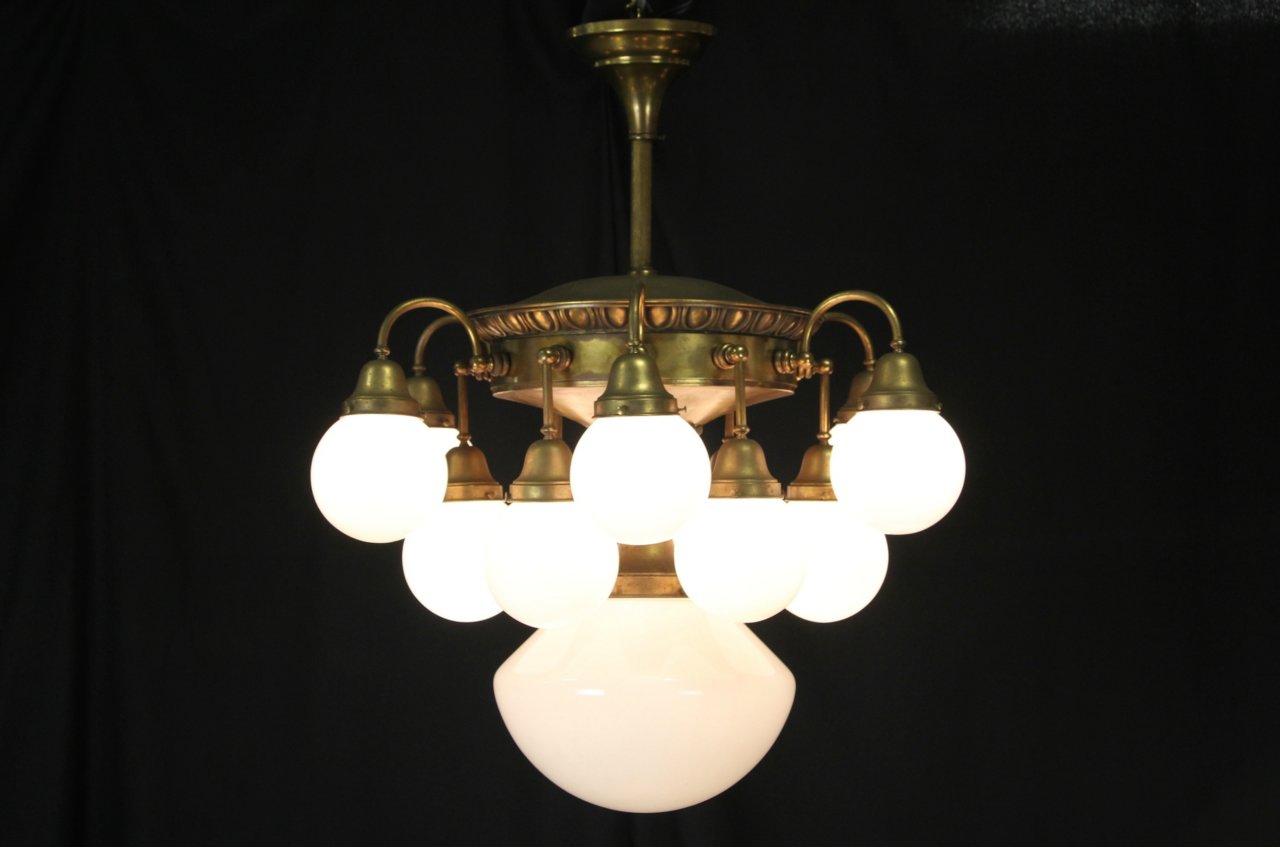



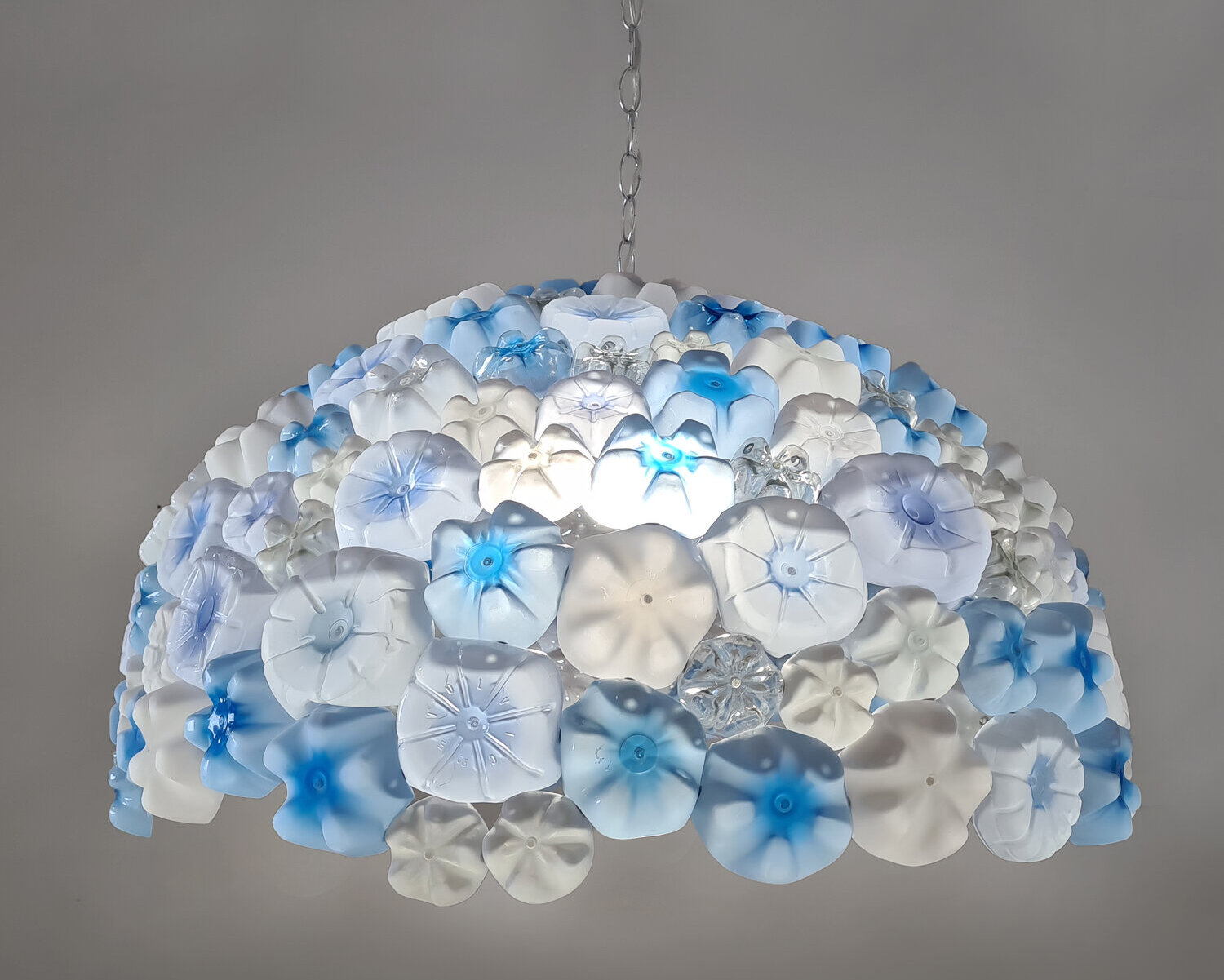
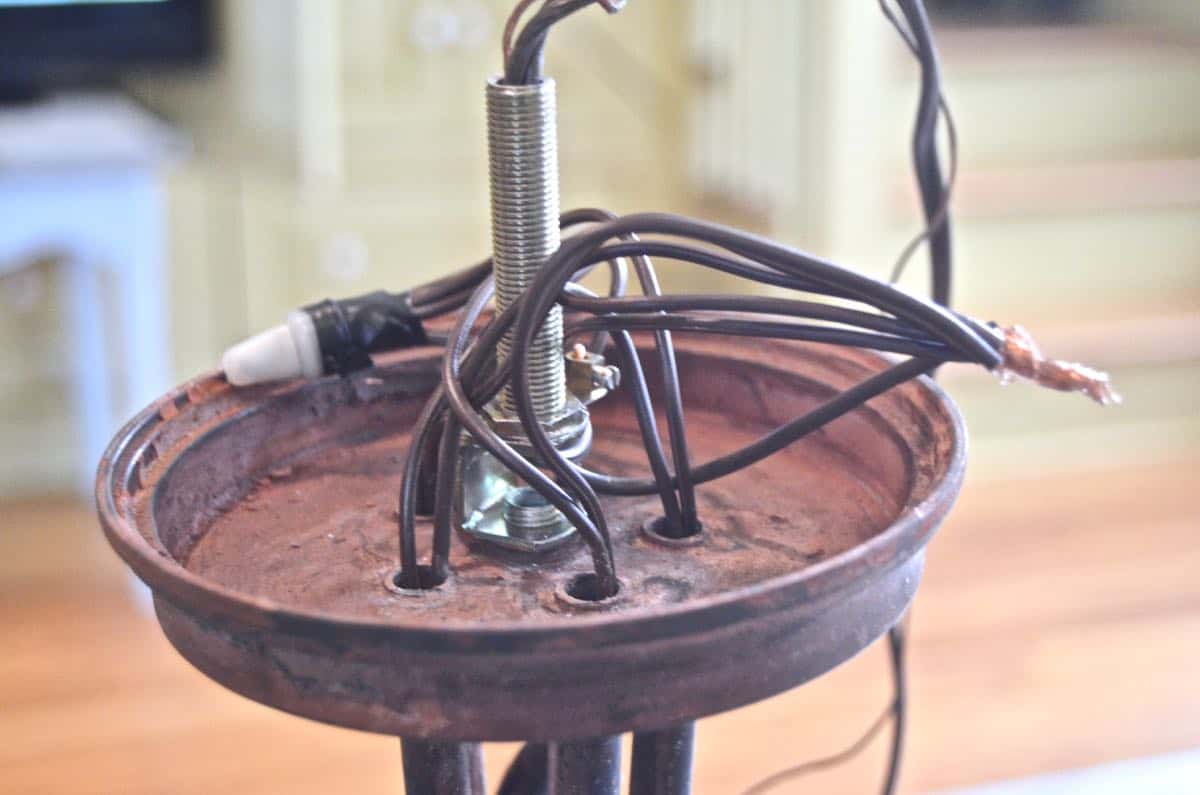



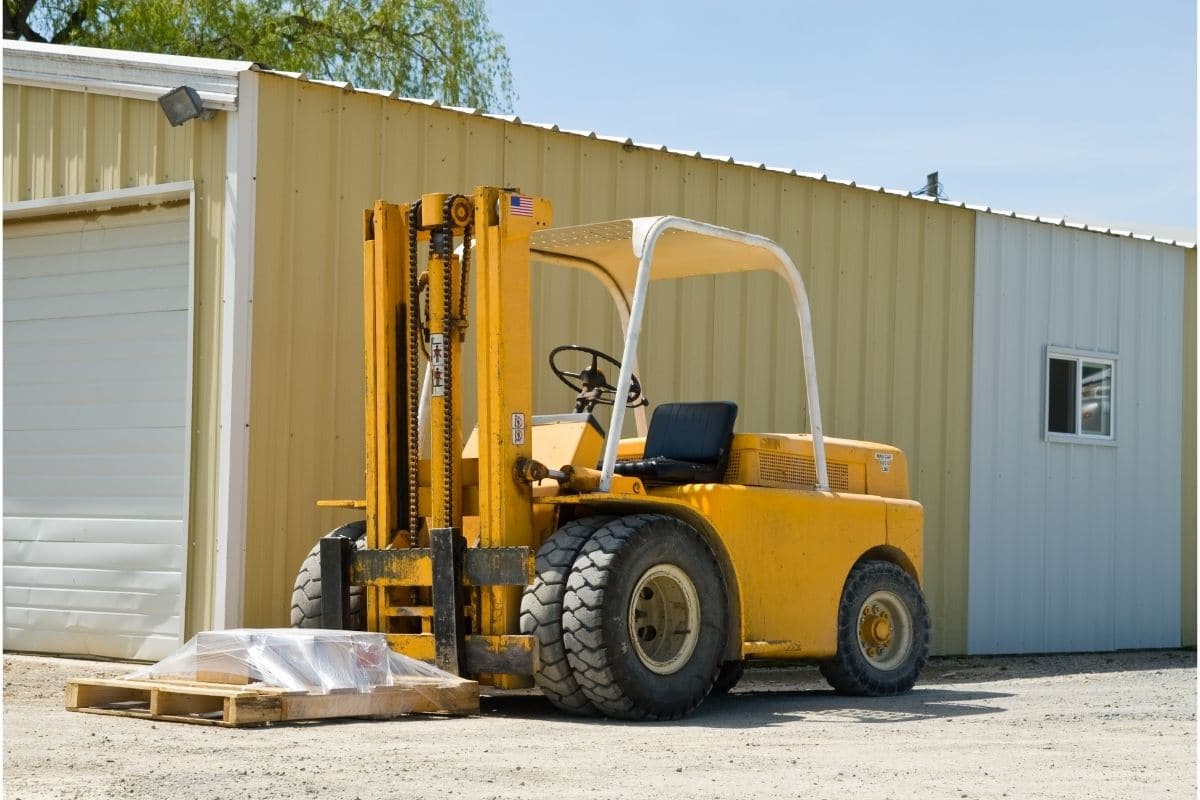
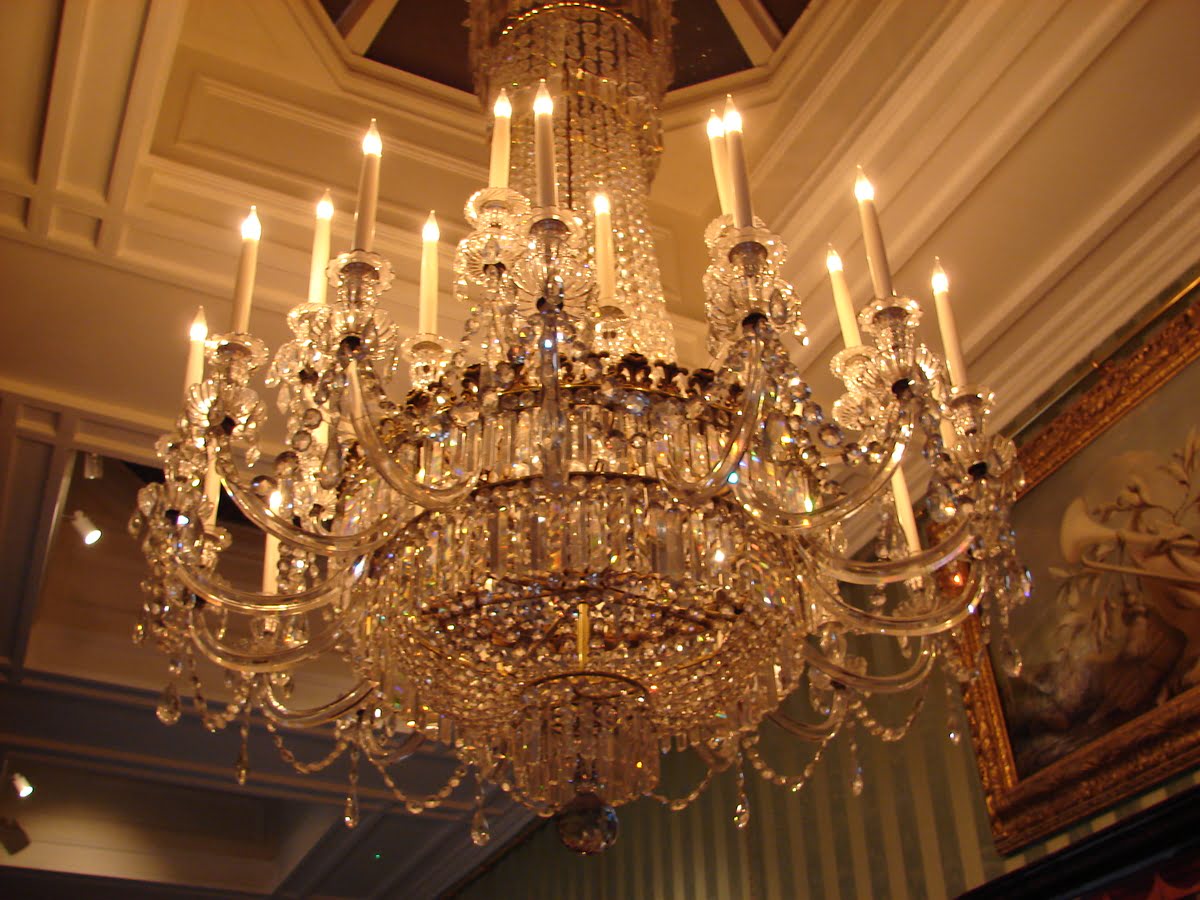
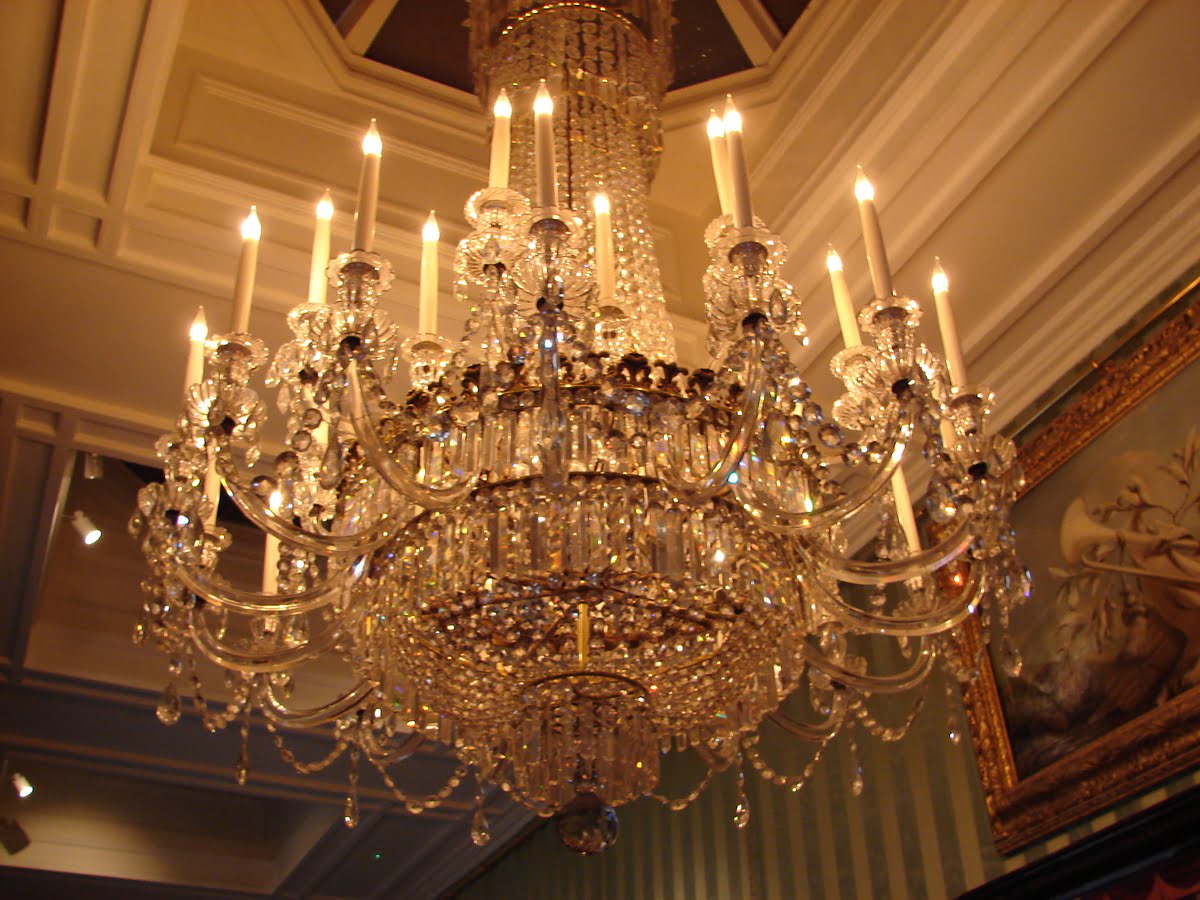


0 thoughts on “How Heavy Can A Chandelier Be”